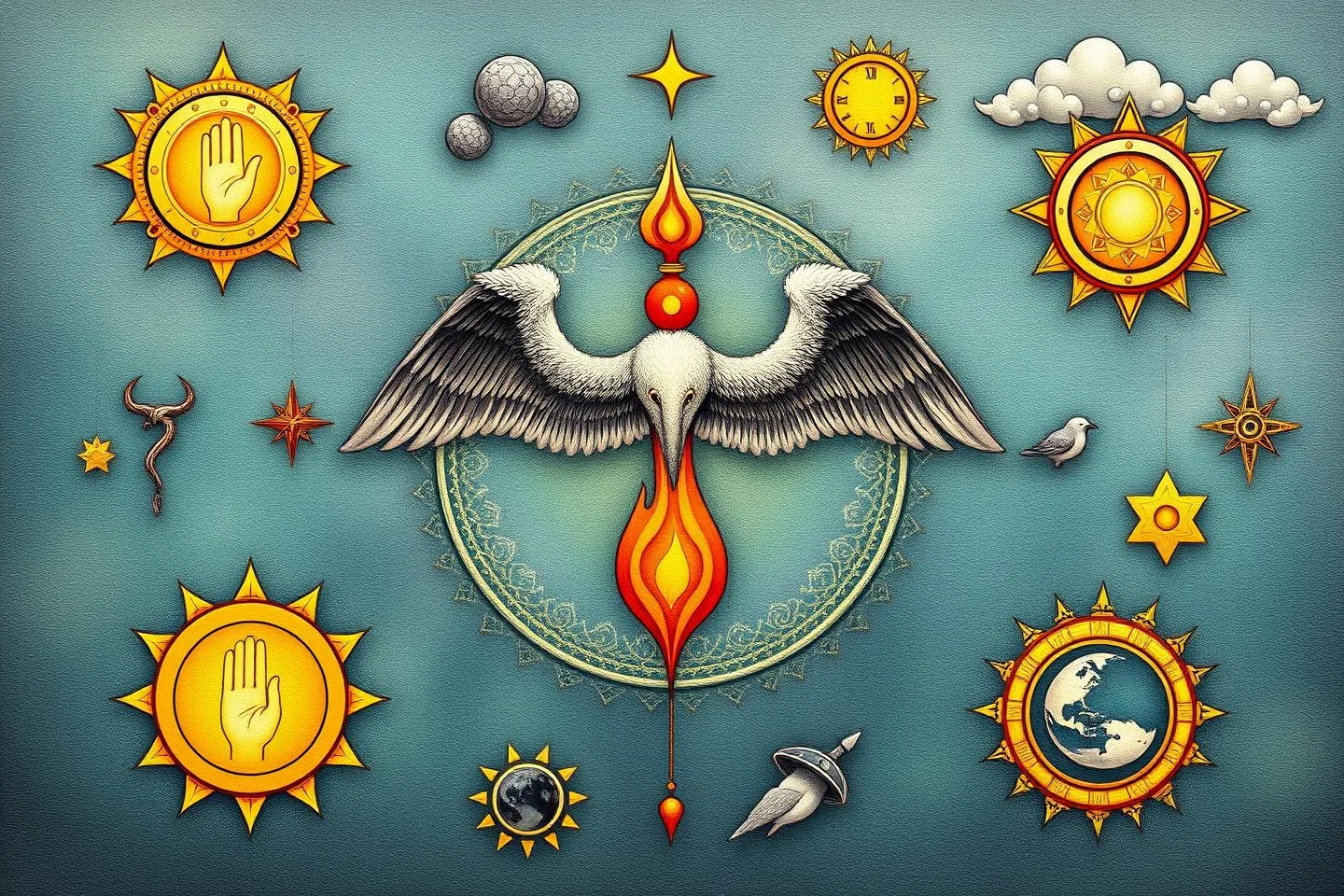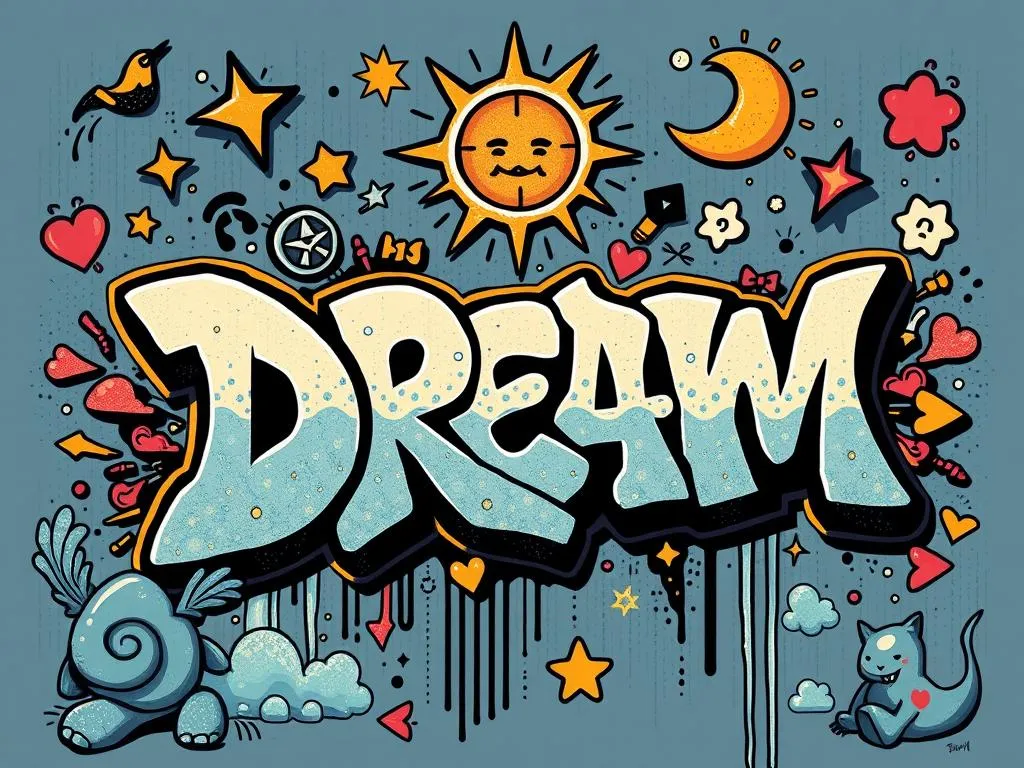Most Popular Dream Symbols

Dreams have fascinated humans for centuries. They can be mysterious, confusing, and sometimes enlightening. One of the most intriguing aspects of dreams is their symbolism. Many people wonder what their dreams mean, and understanding the most popular dream symbols can help unveil the mysteries of the subconscious mind.
About Dreams as Symbols
Key Characteristics of Common Symbols
Dreams often use symbols to convey messages. These symbols can represent emotions, experiences, or even fears. Some of the most popular dream symbols include:
- Water: Often symbolizes emotions or the subconscious mind. The state of the water, whether calm or turbulent, can reflect your emotional state.
- Flying: A common symbol of freedom or escape. It can indicate a desire to rise above challenges or a need for independence.
- Falling: This symbol often signifies feelings of insecurity or loss of control. It can reflect worries and anxieties in waking life.
Each symbol can resonate differently with each individual, often based on personal experiences and cultural backgrounds.
Symbolic Meanings Across Cultures
The meanings of symbols can vary significantly across different cultures. For instance:
- In some cultures, snakes are seen as symbols of transformation and healing, while in others, they may represent danger or deceit.
- Dreaming of death may symbolize the end of a phase in life in one culture, while in another, it might indicate bad luck or misfortune.
Understanding these cultural differences can enhance your interpretation of dreams and the symbols you encounter.
Common Contexts Where These Symbols Appear
Dream symbols often appear in specific contexts that provide additional meaning. For example, dreaming of being chased may indicate feelings of stress in your waking life. The context can help clarify what the symbol represents.
If you dream of losing your teeth, it might relate to fears about aging or losing control. Recognizing the context in which these symbols appear can deepen your understanding of their meanings.

Understanding Dream Interpretation
Core Meaning and Significance of Symbols
At the heart of dream interpretation is the understanding of the core meanings of symbols. Each symbol carries significance that can provide insight into your emotional state and life circumstances. Here are a few core meanings behind common symbols:
- Keys: Often represent access or solutions. They may suggest that you hold the key to unlocking a new opportunity or understanding.
- Houses: Typically symbolize the self. Each room may represent different aspects of your personality or experiences in life.
- Animals: Can embody instincts or traits. For instance, dreaming of a lion may symbolize courage, while a mouse might represent timidity.
Emotional Connections Tied to Specific Symbols
Dream symbols often carry emotional weight. For instance, if you dream of a loved one who has passed away, the symbol may represent feelings of loss or unresolved emotions. Similarly, dreaming of a lost childhood toy might evoke nostalgia and a longing for simpler times.
Recognizing your emotional connections to specific symbols can provide valuable insights into your psyche and help you process feelings that may be influencing your waking life.
Key Messages Conveyed Through Dreams
Dreams often convey important messages through their symbols. Understanding these messages can lead to personal growth and self-awareness. Some key messages might include:
- A need for change: If you repeatedly dream about being stuck, it may indicate a desire for change in your life.
- A warning: Dreaming of natural disasters may reflect a feeling of being overwhelmed or a warning about potential challenges ahead.
- An encouragement: Dreams of success or achievement can symbolize your aspirations and desires, urging you to pursue your goals.
By paying attention to these messages, you can gain a deeper understanding of your inner self and what you truly want in life.
Exploring Related Dreams
Similar Dream Scenarios That Feature Popular Symbols
Many dreams contain similar scenarios that feature popular symbols. Here are a few examples:
- Water-related dreams: Dreams of drowning or swimming can signify feelings of being overwhelmed or the need to explore your emotions.
- Flying dreams: These often occur in times of stress, illustrating the desire to escape or feel liberated from life’s burdens.
- Chasing dreams: These scenarios typically indicate anxiety or avoidance in waking life, producing feelings of urgency or fear.
Understanding these recurring themes can help you identify patterns in your dreams and relate them to your daily experiences.
Symbolic Links Revealing Deeper Insights
The connections between different symbols can reveal deeper insights into your dreams. For instance, if you frequently dream about being lost, it may be linked to feelings of uncertainty in your life.
Additionally, if you often encounter animals in your dreams, consider their traits and how they might relate to your current situation. A wolf might symbolize a need for independence, while a dog could represent loyalty or companionship.
Recognizing these symbolic links can offer a more comprehensive understanding of your dreams and their meanings.
Conclusion
In summary, the exploration of the most popular dream symbols opens up a fascinating world of insight into our subconscious minds. By understanding the key characteristics, emotional connections, and messages conveyed through dreams, you can enhance your self-awareness and personal growth.
Reflecting on your own dreams and the symbols you encounter can lead to greater clarity in your life. Remember that each dream is unique, and the symbolic meanings may vary based on your individual experiences and cultural context. Take the time to explore your dreams; they may hold the keys to understanding yourself better.









